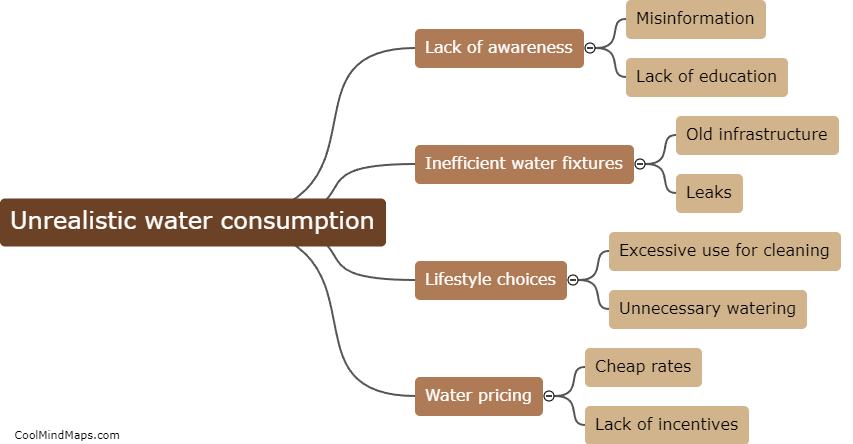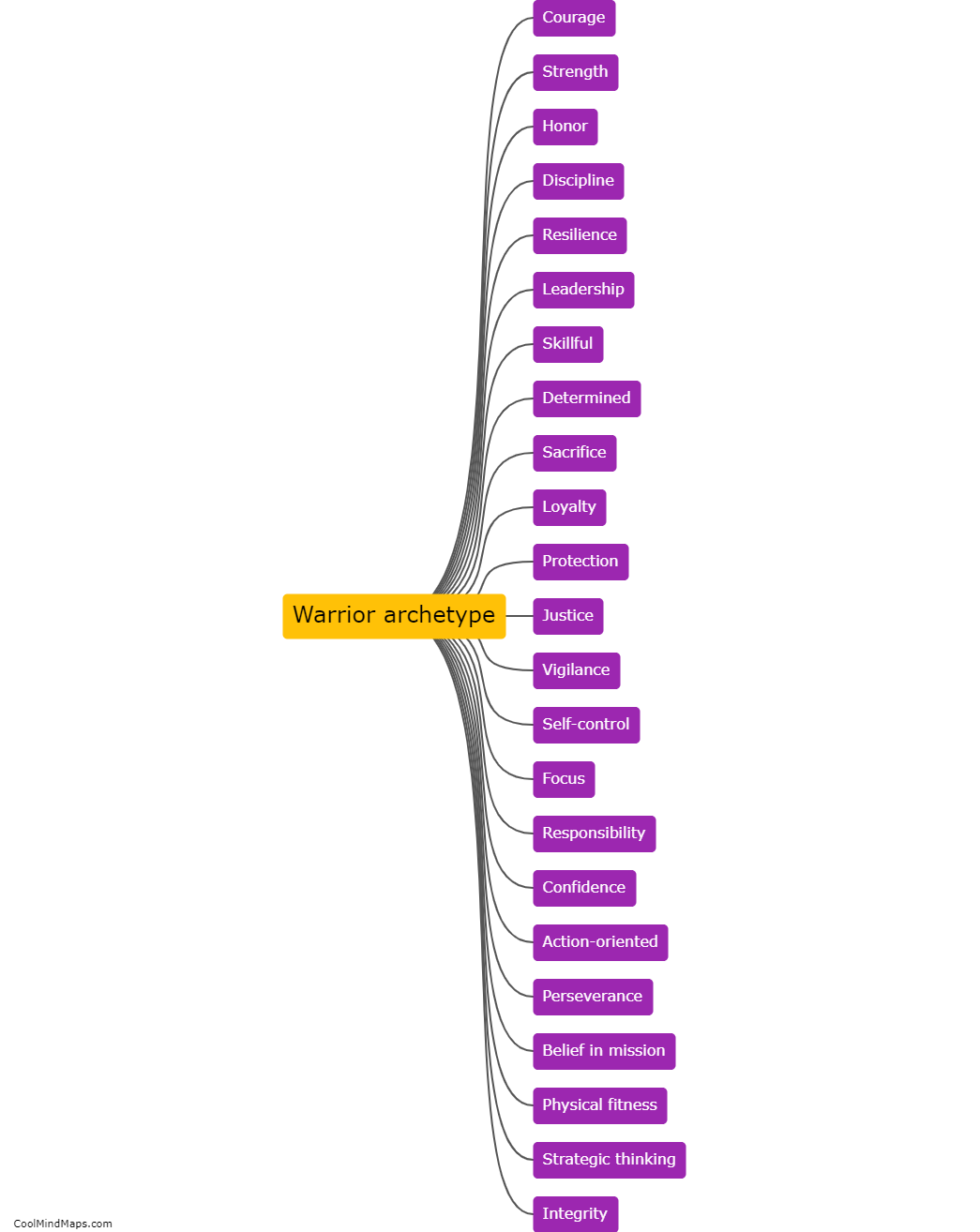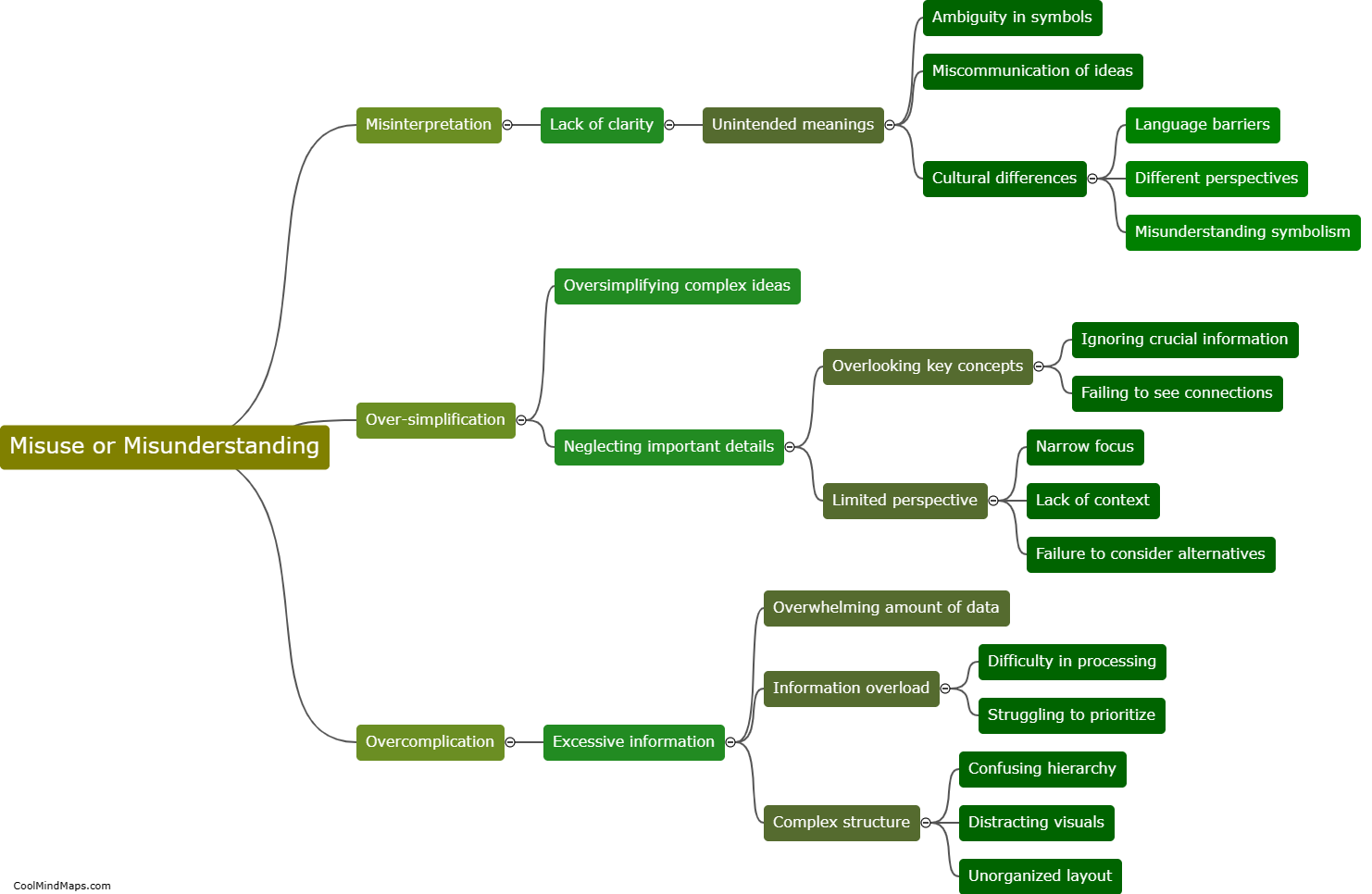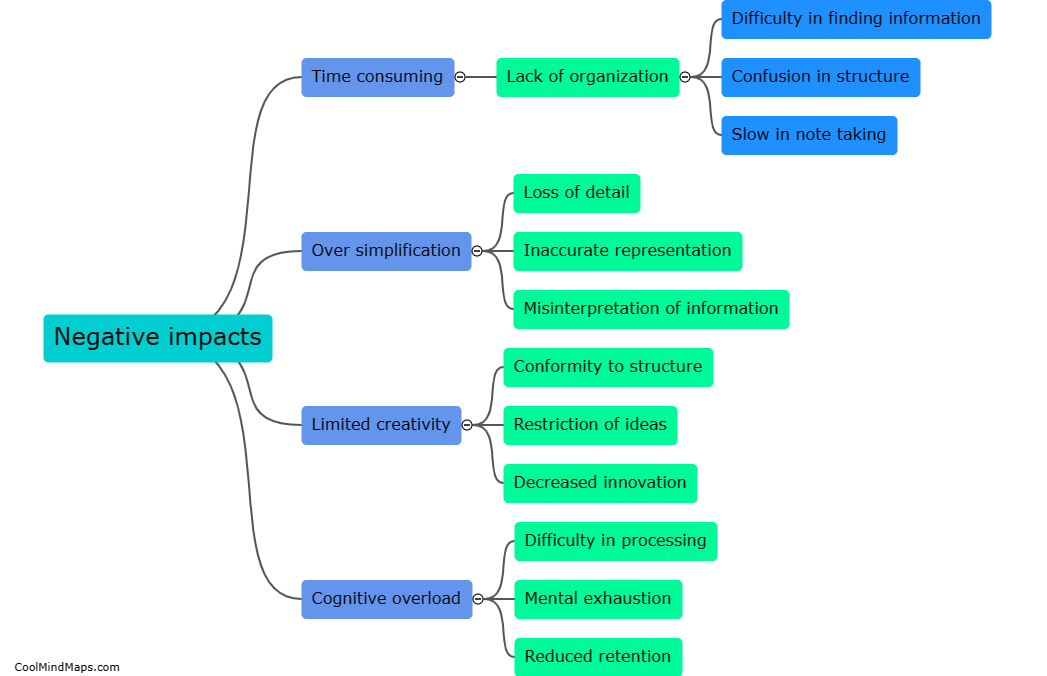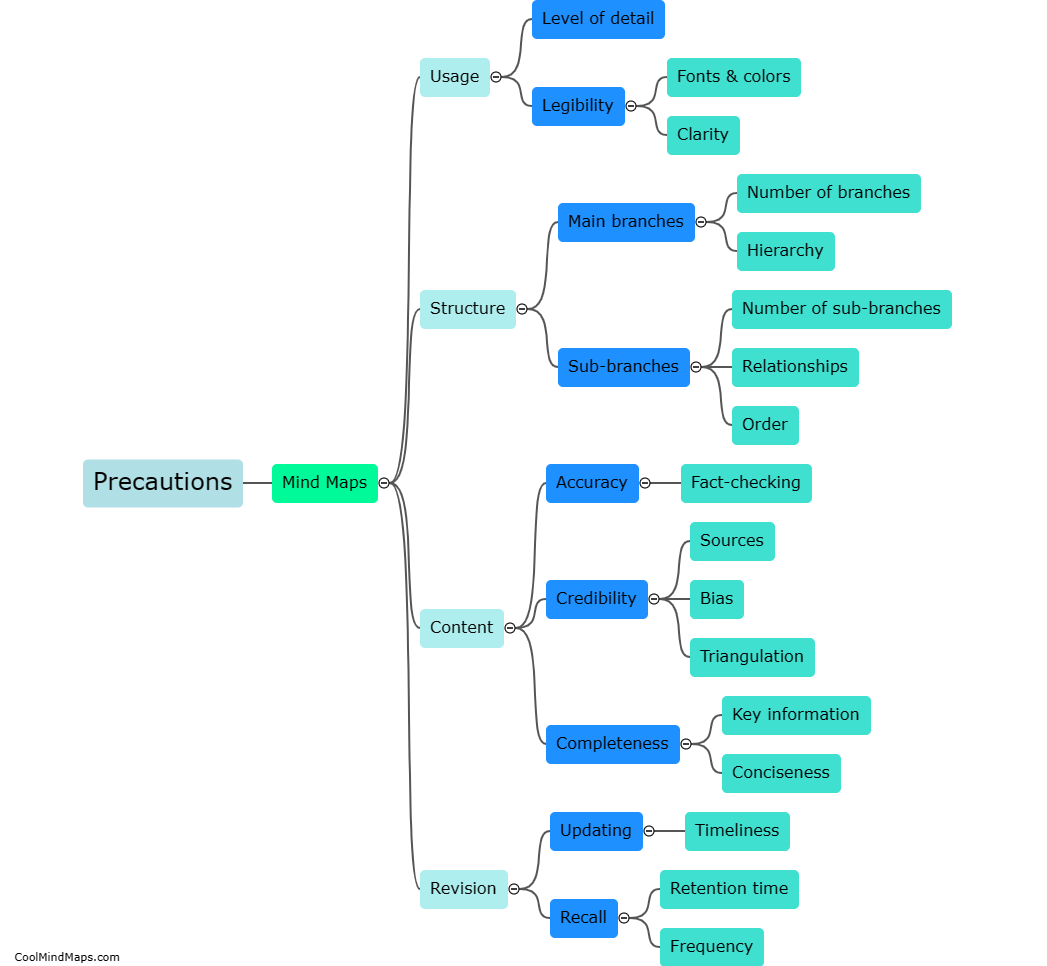How is the structure of the gnostic pleroma depicted?
In Gnostic philosophy, the structure of the Pleroma is depicted as a divine realm or sphere that exists beyond the material world. It is described as a perfect and harmonious place where divine beings, called Aeons, reside. The Pleroma is believed to be the ultimate source of light, knowledge, and spiritual power. The Aeons within the Pleroma are often depicted as emanations or aspects of a supreme and transcendent God, known as the Monad. Each Aeon represents a specific divine attribute or quality, such as wisdom, love, or eternity. The structure of the Pleroma is often depicted as consisting of concentric circles or emanations, with the Monad at the center and the lesser Aeons radiating outward. This hierarchical arrangement symbolizes the various levels of divine beings and their relationship to one another within the Pleroma. Overall, the structure of the gnostic Pleroma represents a complex and intricate system of divine beings and their divine qualities, embodying the idea of a perfectly ordered and balanced spiritual reality.

This mind map was published on 13 January 2024 and has been viewed 96 times.

